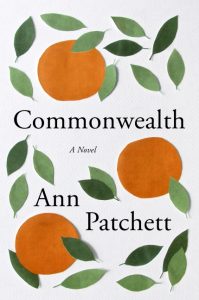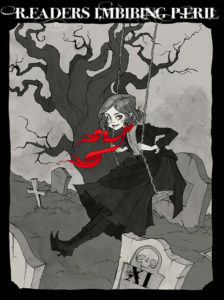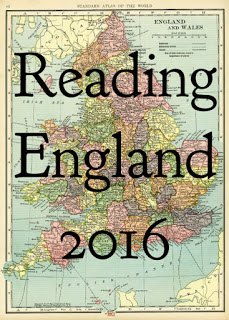 I have had the pleasure of reading and of meeting Joshilyn Jackson before, so when TLC Book Tours offered her latest novel, The Opposite of Everything, I was excited to be included. Jackson is a fresh Southern voice, and I have enjoyed her previous work very much.
I have had the pleasure of reading and of meeting Joshilyn Jackson before, so when TLC Book Tours offered her latest novel, The Opposite of Everything, I was excited to be included. Jackson is a fresh Southern voice, and I have enjoyed her previous work very much.
This novel is the story of Paula Vauss, a gutsy divorce lawyer living in Atlanta. Paula grew up nearly homeless, constantly moving and changing her name, with her hippie mother Kai, an admirer of Indian religious philosophy who called Paula Kali, after the Indian goddess. Paula carries a great deal of guilt over her broken relationship with her mother and blames herself for her mother’s stint in prison because it was Paula who called 911 and summoned the police the day Kai was taken to jail. However, when some unexpected and unknown elements of Kai’s past drop into Paula’s life, she has to decide what to do and whether to let Kai—and those relics of her troubled past—into her life and reconcile with her mother’s ghost.
I really enjoyed reading this book. It’s a mix of Southern humor and Southern gothic, as most great Southern literature is. Jackson is very funny in person, and this humor spills over into her books, even when she’s dealing with the dark subject matter of unwanted children, foster care, and ugly divorces. Paula is a wounded character who has built up a tough exterior so she can face the world, but she is completely discombobulated by what she discovers about her mother. I loved the end—it was perfect. I used to live in Atlanta, and Jackson is on familiar territory here, too. She clearly knows the city well and captures it without making it a necessary part of the narrative. Her characters are well-drawn and true-to-life. Paula conjures the memory of her mother with perfect clarity. The reader has no doubt how much feeling has passed between Paula and her mother, as much as Paula herself tries to distance herself from that past. It winds up very much a part of her present, and she discovers that owning it and dealing with it will finally make her whole.
Rating:




 Tour Schedule
Tour Schedule
Tuesday, October 11th: I’d Rather Be At The Beach
Wednesday, October 12th: G. Jacks Writes
Friday, October 14th: Art @ Home
Monday, October 17th: Peeking Between the Pages
Tuesday, October 18th: The Book Bag
Tuesday, October 18th: Wall-to-Wall Books
Thursday, October 20th: Literary Quicksand
Tuesday, October 25th: The Reading Date
Wednesday, October 26th: Luxury Reading
Thursday, October 27th: Mom’s Small Victories
Friday, October 28th: Much Madness is Divinest Sense
Read on to learn more about the book from TLC Book Tours and the publisher.
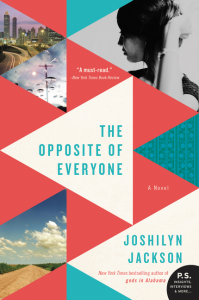 About The Opposite of Everyone
About The Opposite of Everyone
Paperback: 320 pages
Publisher: William Morrow Paperbacks (October 11, 2016)
A fiercely independent divorce lawyer learns the power of family and connection when she receives a cryptic message from her estranged mother in this bittersweet, witty novel from the nationally bestselling author of Someone Else’s Love Story and gods in Alabama—an emotionally resonant tale about the endurance of love and the power of stories to shape and transform our lives.
Born in Alabama, Paula Vauss spent the first decade of her life on the road with her free-spirited young mother, Kai, an itinerant storyteller who blended Hindu mythology with southern oral tradition to re-invent their history as they roved. But everything, including Paula’s birth name Kali Jai, changed when she told a story of her own—one that landed Kai in prison and Paula in foster care. Separated, each holding secrets of her own, the intense bond they once shared was fractured.
These days, Paula has reincarnated herself as a tough-as-nails divorce attorney with a successful practice in Atlanta. While she hasn’t seen Kai in fifteen years, she’s still making payments on that Karmic debt—until the day her last check is returned in the mail, along with a mysterious note: “I am going on a journey, Kali. I am going back to my beginning; death is not the end. You will be the end. We will meet again, and there will be new stories. You know how Karma works.”
Then Kai’s most treasured secret literally lands on Paula’s doorstep, throwing her life into chaos and transforming her from only child to older sister. Desperate to find her mother before it’s too late, Paula sets off on a journey of discovery that will take her back to the past and into the deepest recesses of her heart. With the help of her ex-lover Birdwine, an intrepid and emotionally volatile private eye who still carries a torch for her, this brilliant woman, an expert at wrecking families, now has to figure out how to put one back together—her own.
The Opposite of Everyone is a story about story itself, how the tales we tell connect us, break us, and define us, and how the endings and beginnings we choose can destroy us… and make us whole. Laced with sharp humor and poignant insight, it is beloved New York Times bestselling author Joshilyn Jackson at her very best.
Purchase Links
HarperCollins | Amazon | Barnes & Noble
 About Joshilyn Jackson
About Joshilyn Jackson
Joshilyn Jackson is the New York Times bestselling author of six previous novels, including gods in Alabama, A Grown-Up Kind of Pretty, and Someone Else’s Love Story. Her books have been translated into a dozen languages. A former actor, she is also an award-winning audiobook narrator. She lives in Decatur, Georgia, with her husband and their two children.


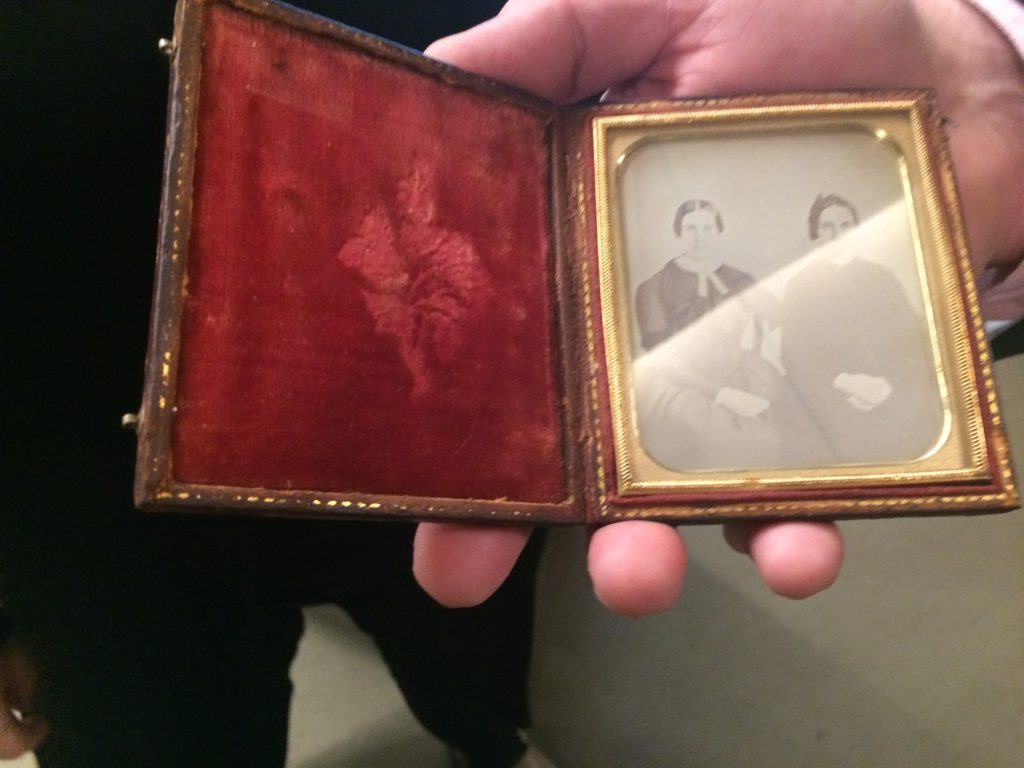
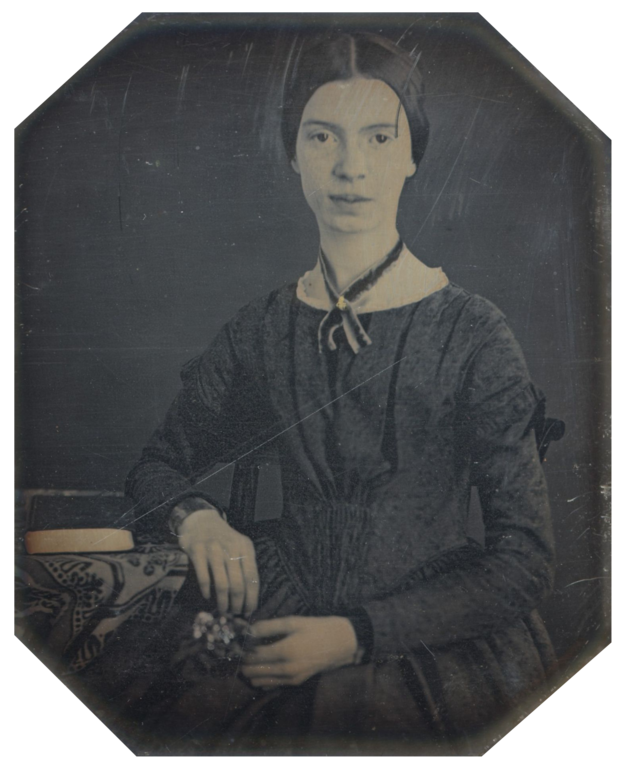

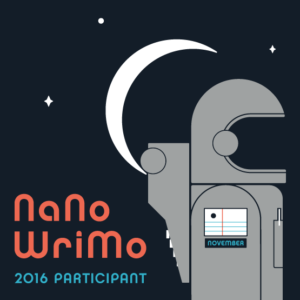 I don’t know that I’ll be able to do 50,000 words this November, but I’ve signed up again for
I don’t know that I’ll be able to do 50,000 words this November, but I’ve signed up again for 

